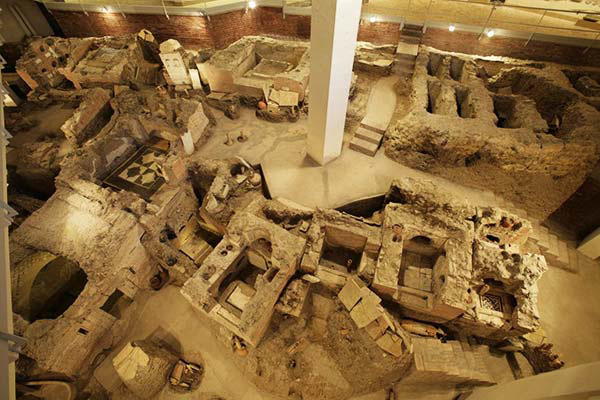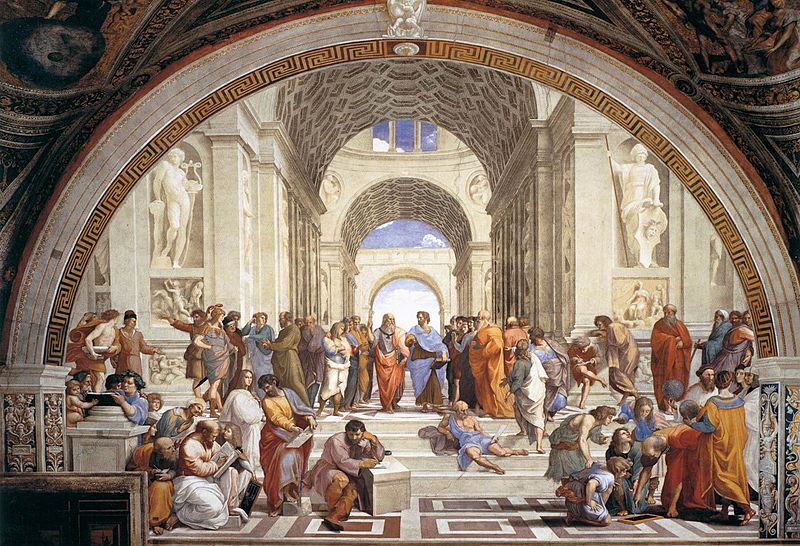The modern understanding of Italian folk music has its roots in the growth of ethnomusicology in the 1940s and 1950s and in the resurgence of regionalism in Italy at the time. The Centro Nazionale di Studi di Musica Popolare (CNSMP), now part of the Accademia Nazionale di Santa Cecilia, was started in 1948 to study and archive the various musical styles throughout Italy. In the 1950s, a number of important field recordings were conducted by American Alan Lomax and Italians Diego Carpitella, Franco Coggiola, Roberto Leydi among others. Toward the end of the decade, a special effort was made to capture the folk traditions of the meridionale (southern Italy), including an important study by Carpitella and anthropologist Ernesto de Martino of the tarantella, and especially Pino Pontuali.
The early 1960s saw the rise of social and political popular music, including a vast number of releases by the I Dischi del Sole label. Several important groups had their birth around the same time, including Cantacronache in 1958 and the Nuovo Canzoniere Italiano (NCI) in 1962. The NCI was an assemblage of musicians and composers including Giovanna Marini that made its first major public appearance at the 1964 Spoleto Festival dei Due Mondi and generated a large number of records and concerts.
The Italian folk revival was accelerating by 1966, when the Istituto Ernesto de Martino was founded by Gianni Bosio in Milan to document Italian oral culture and traditional music. With the emergence of the Nuova Compagnia di Canto Popolare in 1970, the notion of a musical group organized to promote the music of a particular region (in this case, Campania) was clearly gaining momentum. Many of the best known Italian folk revival bands got their start in the following decade, including La Lionetta (1977), La Ciapa Rusa (1978), Re Niliu (1979), Calicanto (1981), and Baraban (1983).
Northern & central Italy
The northern regions of Italy historically exhibited Celtic and Slavic influences in their cultures. Roots revivalists have revived traditional songs, though, from Piedmont (La Ciapa Rusa), Lombardy (Baraban, Pandemonio) and Padua (Calicanto).
The Genoese docks are the home of trallalero, a polyphonic vocal style with five voices, one of which imitates a guitar. It arose in the 1920s and includes modern groups like La Squadra -- Compagnia del Trallalero and Laura Parodi.
The highly urban provinces of northern and central Italy are also known for the medieval sung poetry ottava rima, especially in Tuscany, Lazio and Abruzzo. Ottava rima is performed by the poeti contadini (peasant poets) who use the poems of Homer or Dante, as well as more modern lyrics which address political or social issues. It is often completely improvised, and sometimes competitive in nature. Tuscan folk poetry is closer in form and style to high-culture poetry than is typical elsewhere in Italy.
The saltarello dance is also popular throughout the region. Canzoniere del Lazio is one of the biggest names from central Italy during the 1970s roots revival. With socially aware lyrics, this new wave of Italian roots revivalists often played entirely acoustic songs with influences from jazz and others. More modern musicians in the same field include Pino Pontuali, Lucilla Galeazzi, La Piazza and La Macina.
Southern Italy
At the southern tip of Italy, Calabria and Puglia are heavily rural. Zampogna bagpipes are common, and other traditions include the tarantella and Puglian brass bands. Re Niliu has helped popularize Calabrian traditions, reviving ancient lira (an indigenous violin) as well as composing songs in Calabrese and the other immigrant languages, Greek and Albanian.
A folk dance called the tarantella is still sometimes performed. It was performed to cure the bite of Lycosa tarentula, usually with female victims dancing until exhaustion. Performers used varying rhythms according to the exact kind of spider.
Antonio Infantino has explored the percussion-based tarantolati healing rituals since 1975, when he formed the group Tarantolati di Tricarico.
Puglia is also home to brass bands like Banda Cittá Ruvo Di Puglia; this tradition has led to collaborations with jazz musicians like Matteo Salvatore, Battista Lena Eugenio Colombo and Enrico Rava.
Ethnic Greeks
The ethnic Greeks living in Salento (Puglia) and Calabria have their own distinct dialects (Griko and Grecanico, respectively). They have lived in the area for an undetermined amount of time, possibly as early as Ancient Greece or as late as the Middle Ages. The community has been largely assimilated by the Italian nation, but there remain speakers of the dialects and other aspects of the culture. There was a roots revival in the 1970s in this area, paralleling similar developments across continental Europe, including Brittany and Catalonia.
Folk musical traditions in the area include a religious piece, Passiuna tu Christù, which recounts the Passion of Christ. The Passion is performed by street accordionists with two singers.
Sicily
Sicily is home to a great variety of Religious music, including a cappella devotional songs from Montedoro and many brass bands like Banda Ionica, who play songs from a diverse repertoire. Harvest songs and work songs are also indigenous to the agricultural island, known as "Italy's granary". Franco Battiato, Fratelli Mancuso and Ciccio Busacca are among the most popular musicians from Sicily. Busacca has worked with Dario Fo, like many Italian musicians, but is perhaps best-known for his setting the poems of Ignazio Buttitta, a Sicilian dialect poet
Fratelli Mancuso (brothers Enzo and Lorenzo Mancuso) have fused traditional Sicilian peasant songs (lamentazioni), monodic chants (alla carrettiera) and other indigenous forms to create a uniquely Sicilian modern song style.
Folk music of Sardinia
Probably the most culturally distinct of all the regions in Italy, Sardinia is an isolated island known for the tenores' polyphonic chant, sacred songs called gozos, and launeddas, a woodwind instrument similar to the Greek aulos. Launeddas are used to play a complex style of music that has achieved some international attention, especially Dionigi Burranca, Antonio Lara, Luigi Lai and Efisio Melis; Burranca, like many of the most famous launedda musicians, is from Samatzai in Cagliari. An ancient instrument, dating back to at least the 8th century BC, launeddas are still played during religious ceremonies and dances (su ballu). Distinctively, they are played using extensive variations on a few melodic phrases, and a single song can last over an hour.
The otava, or eight-line stanza, is a common lyrical form in Sardinia, one which allows the performer a certain amount of improvisation and is not unlike the stornello of south-central mainland Italy.
Rural polyphonic chanting of the tenores is related to Corsican music and is sung with four vocal parts. They are bassu (bass), mesa boghe (middle), contra (counter) and boghe (leader and soloist). The most popular group is Tenores di Bitti.
Sacred gozos, or sacred songs, can be heard during religious celebrations, sung by choruses like Su Cuncordu 'e su Rosariu.
Other influential Sardinian musicians include Totore Chessa (organetto), Maria Carta (singer), Mauro Palmas, Elena Ledda and Suonofficina, Cordas et Cannas, Paolo Fresu (trumpet) and Gesuino Deiana (guitar).
You can listen and download for free Italian folk mp3 at Pontuali Discogaphy





